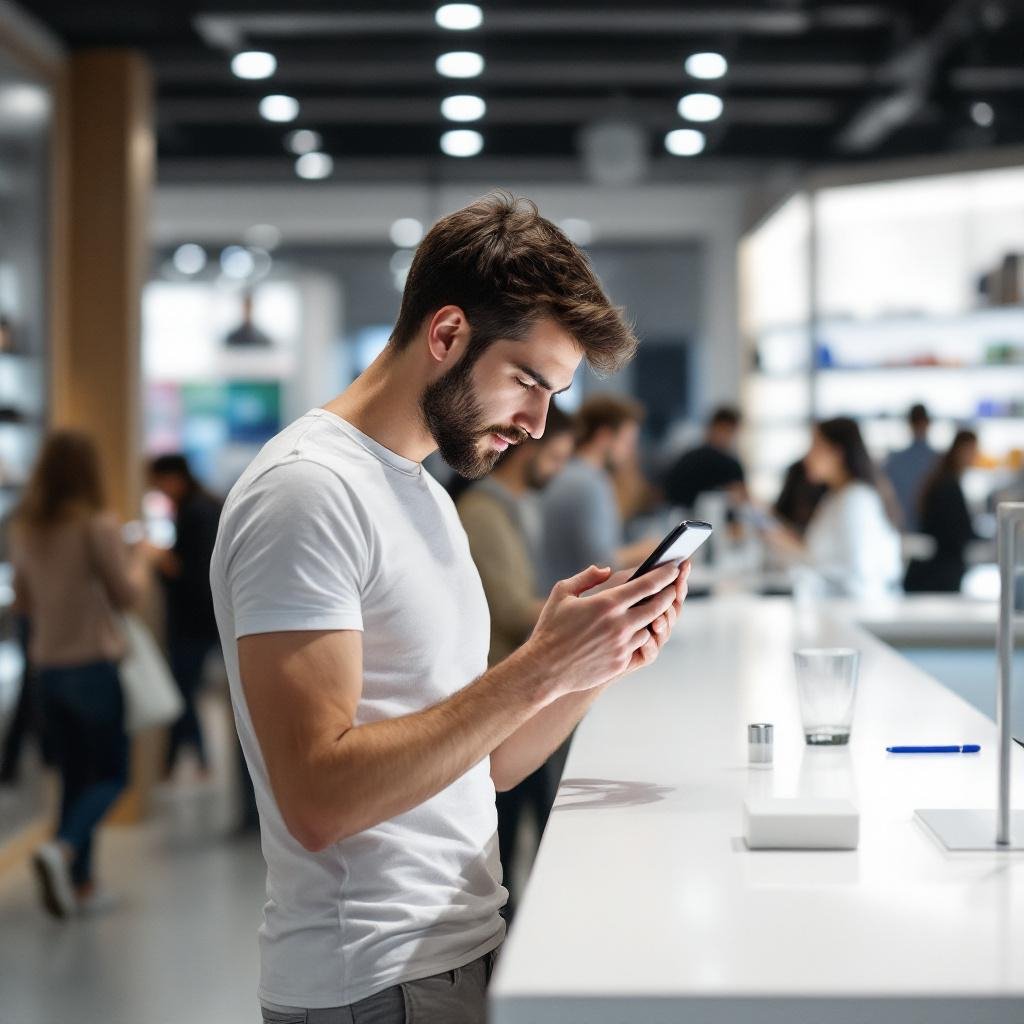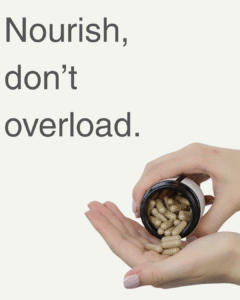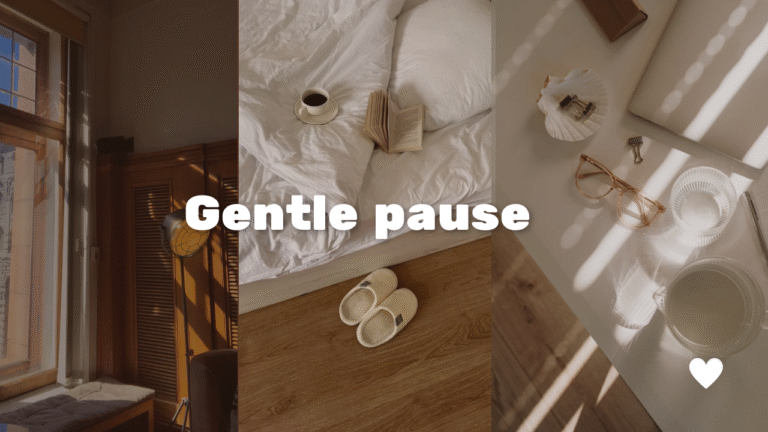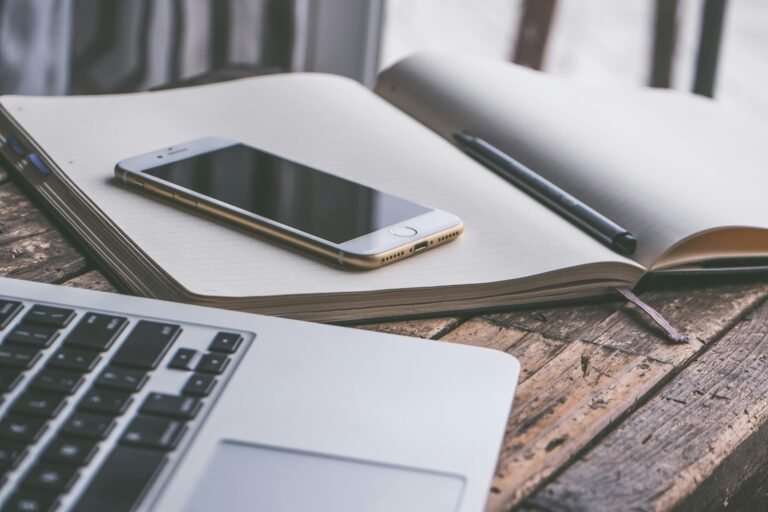We live in a world where buying feels like relief, a momentary pause in the noise. A sale notification, a new gadget, a box arriving at the door all give us a short-lived sense of control and excitement.
But as soon as the novelty fades, that familiar emptiness returns.
Why does this happen? And why do we keep doing it?
Understanding the psychology of spending isn’t just about saving money it’s about reclaiming calm in a world that constantly tells us to want more.

1. The Dopamine Loop: Why Shopping Feels So Good (for a While)
Every time we buy something, the brain releases dopamine, the “anticipation chemical.” It’s not the item itself that excites us it’s the expectation of reward. The packaging, the checkout button, even the idea of owning something new triggers that chemical surge.
But here’s the trick: once the purchase is complete, dopamine drops. That’s why the excitement fades so quickly the brain is wired for pursuit, not possession.
In short:
We’re not addicted to buying things we’re addicted to the feeling of possibility that buying gives.
This cycle is called “hedonic adaptation” the tendency to return to our baseline happiness after positive or negative events. The new phone, the designer bag, the upgraded car, they all fade into normalcy.
2. Emotional Spending: When Money Becomes a Mood Regulator
When we’re anxious, lonely, or stressed, our brains crave comfort and spending offers a quick hit of relief. This is called emotional spending, and it’s one of the most common coping behaviors in the modern world.
Psychologists say the act of purchasing creates an illusion of control, a sense that we’re taking action to feel better. But emotional purchases rarely align with our long-term happiness. Instead, they create a temporary distraction and, often, post-purchase guilt.
Ask yourself:
• Do I shop more when I’m overwhelmed or tired?
• Do I browse online stores to “escape”?
• Does my spending reflect my goals or my emotions?
Awareness is the first step toward financial calm.
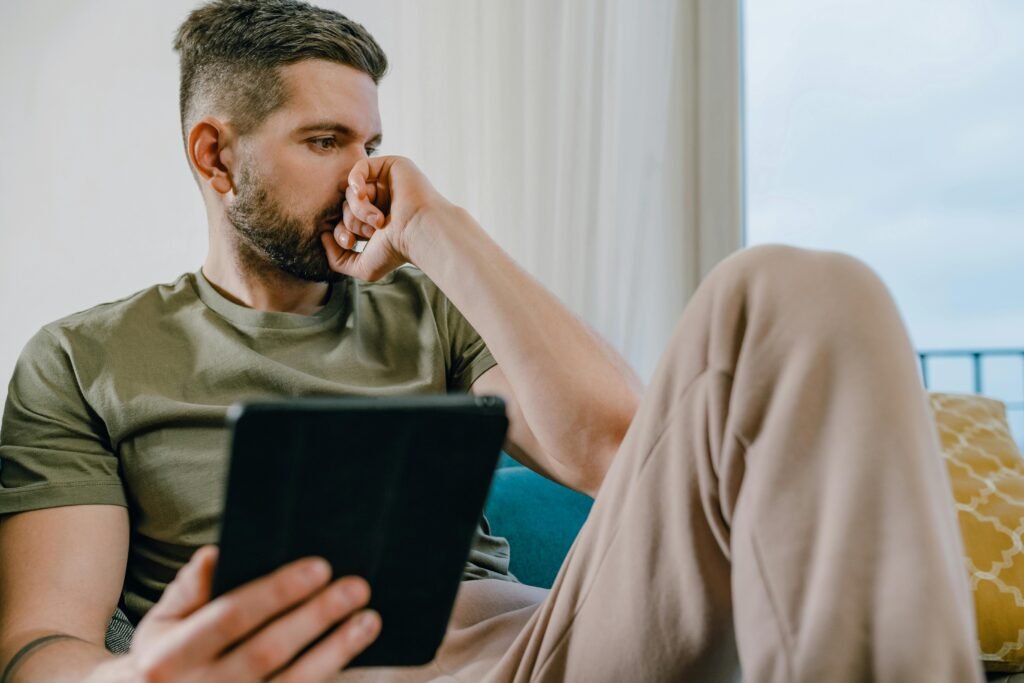
3. The Culture of Comparison
Social media has transformed the way we perceive success.
Every scroll exposes us to other people’s “highlight reels” curated lifestyles that subconsciously shape our expectations.
We don’t buy things anymore for utility we buy for identity.
Aesthetic coffee cups, minimalist desks, “quiet luxury” clothes, they’re emotional signals of who we want to be seen as.
This comparison trap drives a phenomenon known as “relative deprivation.” Even if we have enough, seeing others with more triggers dissatisfaction.
The result?
We chase happiness through visible progress, new things, upgraded lifestyles rather than internal peace.
4. The Hidden Cost of Clutter
Every purchase has a psychological residue. When our environment fills with unused or forgotten items, it creates cognitive overload, visual noise that subtly increases stress.
Neuroscientists at Princeton University found that clutter competes for attention, reducing focus and productivity. This means the more we accumulate, the harder it becomes to think clearly or rest fully.
Minimalism isn’t just an aesthetic it’s a psychological tool.
When you buy less, you reclaim mental space.
When you buy consciously, you strengthen emotional clarity.
Calm isn’t found in having everything you want, it’s in wanting less.
5. How to Reprogram Your Spending Habits
Rewriting your relationship with money doesn’t mean strict deprivation. It means awareness, structure, and intention.
Here’s how to start:
1. Pause Before Purchase
Before you buy, ask:
-
• “Do I really need this?”
• “Will this still matter a month from now?”
• “Is this solving a real problem or soothing an emotion?”
The act of pausing interrupts the emotional impulse and re-engages logic.
2. Give Every Dollar a Purpose
Budgeting is often seen as limiting, but it’s actually liberating.
When you tell your money where to go, it stops disappearing without reason.
Try using “calm budgets” categories like:
-
Wellness: gym, therapy, meditation apps
Connection: dinners with friends, gifts that matter
Growth: books, courses, creative tools
This way, your money fuels peace, not pressure.
3. Redefine Reward
Start linking happiness to actions that align with your values not possessions.
Instead of “I deserve this purchase,” try:
-
“I deserve rest.”
“I deserve clarity.”
“I deserve time.”
Switching your reward system from material to emotional satisfaction rewires the brain’s dopamine triggers over time.
4. Declutter Regularly
Set a monthly ritual to review what you own.
If an item doesn’t serve your peace, let it go guilt-free.
Each release teaches your brain that letting go doesn’t mean losing it means lightening your life.
5. Create a Calm Spending Journal
Track not only what you buy, but why you buy. Over time, you’ll notice patterns certain moods, times of day, or even specific triggers.
Awareness turns unconscious spending into mindful choices.
6. What Really Makes Us Happier
(Hint: It’s Not Stuff)
Studies consistently show that experiences, not things, bring lasting happiness.
Travel, learning, connecting, and giving create memories and meaning they light up areas of the brain associated with fulfillment and belonging.
Material happiness fades because objects don’t change who we are.
Experiential happiness endures because it shapes how we feel and who we become.
The goal isn’t to stop buying it’s to buy calmly, with awareness and gratitude.

Closing Thought
Our spending habits are mirrors they reflect our internal states more than our financial ones. If you want a calmer life, start by observing not what you buy, but what you believe buying will fix.
Because often, what we truly need isn’t in our carts, it’s in our minds.

